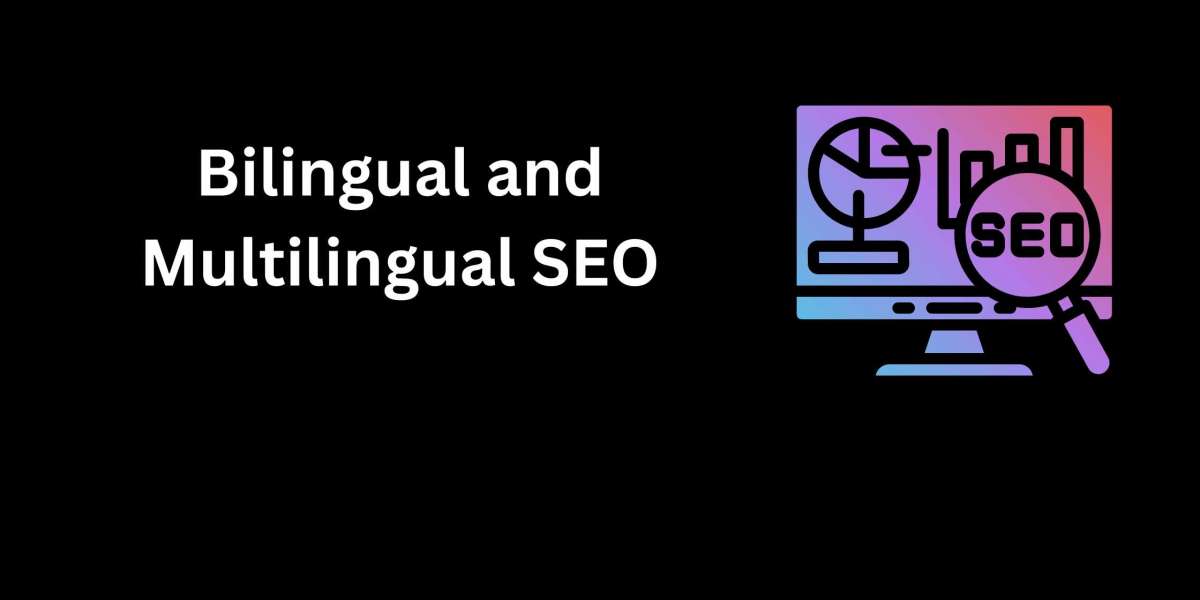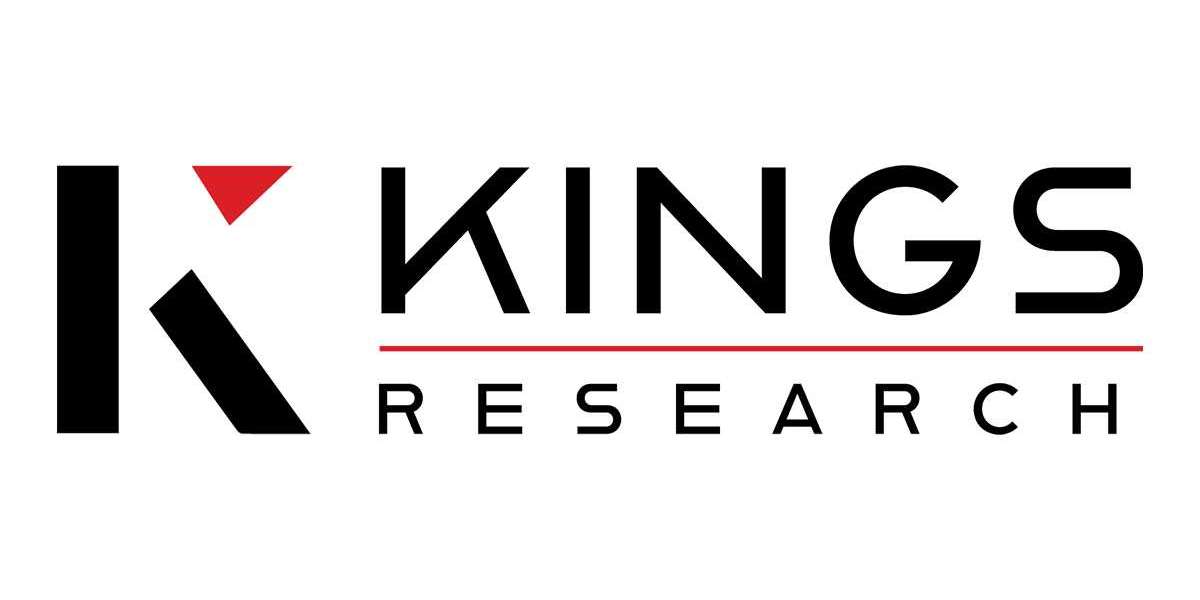Introduction
In an increasingly interconnected world, businesses aiming for global expansion must adapt their online presence to reach diverse audiences. This is where bilingual and multilingual SEO play a crucial role.
Bilingual SEO refers to optimizing a website for two languages, while multilingual SEO involves multiple languages to target different regions or linguistic groups. By implementing these strategies, businesses can significantly enhance their search visibility, user engagement, and customer trust across international markets.
1. Understanding Bilingual vs. Multilingual SEO
Bilingual vs. Multilingual SEO: What’s the Difference?
Bilingual SEO: Focuses on optimizing content for two languages, ideal for businesses in regions with dominant dual-language speakers (e.g., Canada with English and French).
Multilingual SEO: Targets multiple languages, catering to global audiences in different geographical locations.
When Should Businesses Choose Each Approach?
Bilingual SEO: Best suited for companies in dual-language regions or those serving customers in two primary languages.
Multilingual SEO: Ideal for businesses expanding internationally, targeting diverse linguistic demographics.
Challenges and Opportunities
Challenges:
Accurate translation and localization.
SEO consistency across languages.
Managing duplicate content issues.
Opportunities:
Increased global reach and brand visibility.
Higher engagement from localized audiences.
Better ranking in country-specific search engines.
2. Keyword Research for Multilingual SEO
Importance of Localized Keyword Research

Direct translation of keywords does not always work. Cultural, linguistic, and search behavior differences must be considered when selecting keywords for different languages.
How Cultural Nuances Affect Keyword Targeting
Some words have different meanings in different cultures.
Search intent varies—what users in the U.S. search for might differ from users in Germany or Japan.
Best Tools for Multilingual Keyword Research
Google Keyword Planner (supports multiple languages and regions)
SEMrush Ahrefs (offer country-specific keyword insights)
Ubersuggest Moz Keyword Explorer (help with localized keyword trends)
3. Website Structure and URL Optimization
Best Practices for Multilingual Website Structure

Subdomains (e.g., fr.example.com) – Good for independent language versions.
Subdirectories (e.g., example.com/fr/) – Recommended for SEO consolidation.
ccTLDs (e.g., example.fr, example.de) – Best for targeting country-specific audiences.
Hreflang Tags Implementation
Helps search engines display the correct language version.
Example:
link rel="alternate" hreflang="fr" href="https://example.com/fr/" /
Optimizing Site Speed for Multiple Languages
Use a CDN (Content Delivery Network) for faster load times worldwide.
Optimize images and scripts to improve mobile performance.
4. Content Localization and Translation Strategies
Translation vs. Localization
Translation: Direct language conversion.
Localization: Adapting content to fit cultural and regional context.
Best Practices for Content Adaptation
Hire native speakers or professional translators.
Use contextually relevant images and examples.
Consider currency, date formats, and local references.
Common Pitfalls to Avoid
Relying on machine translation without proofreading.
Ignoring cultural sensitivities in content.
Using the same SEO strategy across all languages without adaptation.
5. Technical SEO for Multilingual Websites
Structured Data Implementation
Use schema markup for multilingual content.
Example:
meta property="og:locale" content="fr_FR" /for Facebook Open Graph tags.
Avoiding Duplicate Content Issues
Proper hreflang implementation prevents search engines from treating translated pages as duplicate content.
Meta Tags, Headers, and Alt Text Optimization
Customize meta descriptions for each language.
Optimize header tags (
H1, H2, H3) to align with localized keywords.Translate alt text for images to improve accessibility and SEO.
6. Link Building and International Backlink Strategy
Importance of Local Backlinks for Global SEO
Backlinks from regional websites increase credibility.
Search engines prioritize local authority links for ranking.
How to Acquire Quality Backlinks from International Websites
Partner with local influencers and bloggers.
Submit guest posts to regional industry websites.
Get listed in country-specific business directories.
? Bonus Tip: While optimizing your multilingual website, ensure that file conversions for global business needs are seamless. If you need to convert XLS to PDF online efficiently, use a reliable tool to maintain document formatting across languages.
7. User Experience (UX) and Multilingual SEO
Language-Switching Experience
Place language options in a visible location (e.g., website header).
Use flags or dropdown menus for easy selection.
Mobile-First Indexing and Multilingual Optimization
Ensure responsive design for different languages.
Use fast-loading fonts compatible with all languages.
Role of Voice Search in Multilingual SEO
Optimize for natural language processing (NLP).
Include long-tail keywords and conversational phrases in different languages.
8. Case Studies: Successful Multilingual SEO Implementations
Examples of Brands with Effective Multilingual SEO
Airbnb: Uses region-specific content and local keywords.
Nike: Provides culturally adapted product descriptions.
BBC: Offers news in multiple languages with proper SEO structuring.
Lessons Learned from Global Businesses
Localization increases engagement.
Hreflang implementation prevents duplicate content issues.
Regional backlinks enhance local search rankings.
9. Tools and Resources for Effective Multilingual SEO
Best SEO Tools for International Websites
Google Search Console: Country-specific search insights.
Ahrefs SEMrush: Competitor analysis and multilingual keyword tracking.
DeepL Google Translate API: AI-driven translation assistance.
Integrating SEO with CMS Platforms
WordPress plugins (e.g., WPML, Polylang) for multilingual support.
Shopify Magento offer built-in international SEO features.
10. Final Thoughts and Best Practices
Key Takeaways
Use localized keyword research for better targeting.
Implement hreflang tags to prevent duplicate content issues.
Optimize UX for multilingual navigation and mobile performance.
Build quality international backlinks for SEO authority.
Continuous Optimization Monitoring
Regularly check Google Analytics for traffic insights.
Monitor language-specific ranking changes and adjust strategies accordingly.
By implementing these multilingual SEO best practices, businesses can effectively expand their digital presence and tap into global markets, ensuring sustainable growth and increased online visibility.
Useful Links:
Leveraging Knowledge Graphs for Enhanced Visibility
SEO for FAQ Pages: How to Capture Voice Search Traffic
HTTPS vs. HTTP: Why Secure Websites Rank Better
How to Build Effective SEO Dashboards for Clients
The Role of Blockchain in SEO and Digital Marketing
SEO Attribution Models: Understanding Conversion Paths
Leveraging Knowledge Graphs for Enhanced Visibility
Combating Negative SEO: Protecting Your Website from Attacks
AI-Driven Competitor Analysis for Better SEO Strategies
Advanced Google Analytics 4 Configurations for SEO Insights
Mastering Schema Markup for Featured Snippets and Rich Results
Creating SEO-Optimized Content with Generative AI
Broken Link Building in 2025: Does It Still Work?
Sustainability and SEO: How to Build Eco-Friendly Websites
Measuring ROI from SEO Campaigns: A Practical Guide
The Future of Backlinks in a Post-Link-Earning World
SEO for Niche Blogs: Standing Out in Small Markets
Optimizing Content for Google Discover: A Complete Guide
Ultimate Guide to Convert RAW to PDF Online: Free, Easy, and Efficient
SEO for Nonprofits: Amplifying Impact Through Search Engines
How to Use Brand Mentions for SEO Without Traditional Backlinks
E-commerce Schema Markup: How to Improve Product Visibility
Google My Business Optimization: The Secret to Local SEO Success
Using CDN and Cloud Solutions for Faster Performance
SEO Forecasting: Predicting Traffic and Trends Using Data Science
Headless CMS and SEO: Optimizing for a Decoupled Web
SEO for E-Commerce: How to Rank Product Pages on Google
How to Optimize for Google’s “Near Me” Searches
Brand Mentions vs. Backlinks: Which One Impacts SEO More?
Voice Search Optimization: Preparing for a Hands-Free Future






